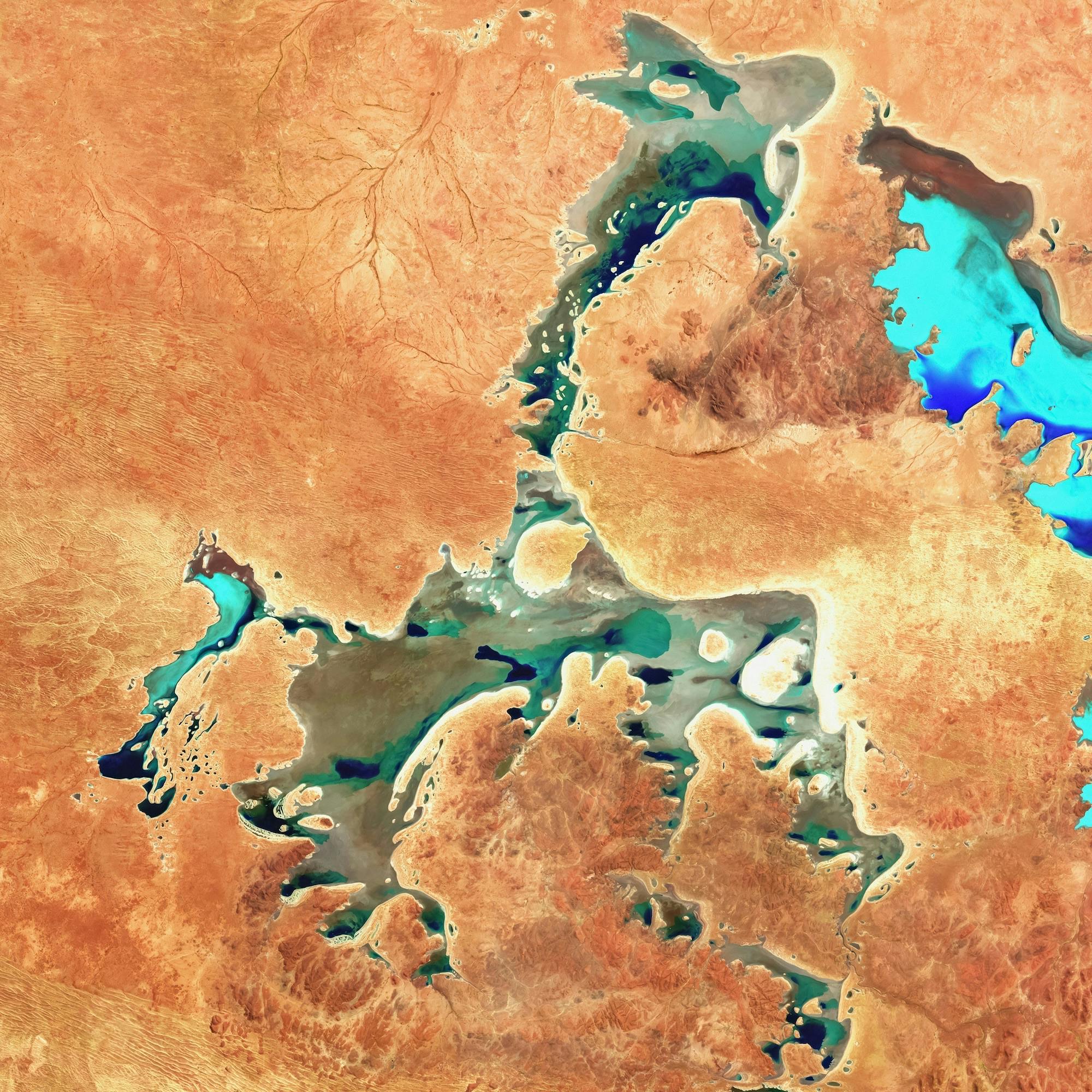
Elon Musk v. OpenAI: The quest for safe AI development

Concerned by the rapid advancements of DeepMind in AI, Musk first invested in the company and later co-founded OpenAI aimed at ensuring safe AI development and countering monopolistic tendencies in the AI industry.
- Initially founded as a non-profit, OpenAI transitioned to a for-profit entity to secure the significant resources needed for AGI development. This shift resulted in Musk’s departure in 2018.
- Following Musk’s departure, OpenAI formed a strategic partnership with Microsoft, which included an exclusive license for Microsoft on the GPT-3 model.
- In February 2024, Musk filed a lawsuit against OpenAI, alleging that the organization had deviated from its original mission of becoming a closed, profit-oriented entity.
- Musk suggested that GPT-4 represents an early form of AGI. OpenAI, however, did not directly address Musk’s classification of GPT-4 as AGI in their response to his lawsuit.
After a conversation with Demis Hassabis, one of DeepMind’s founders, Elon Musk decided to invest in DeepMind, hoping to understand and potentially guide the development of AI towards a safer future. Yet, DeepMind’s great achievements in teaching AI to play video games caught the attention of — and caused concern to its early investors.
As AI continued to acquire new capabilities, Musk´s concerns deepened, leading him to view artificial general intelligence (AGI) as a significant — possibly the most critical — existential threat to humanity. He argued that if a machine reaches a point where it can outperform humans in nearly every task, humans will have little role left in the world’s economy. As Bill Joy, chief scientist for Sun Microsystems, put it in 2000, “the future doesn’t need us.”
When Google acquired DeepMind in 2014, Musk and others within the tech industry became concerned about Google’s emerging dominance in AI. This concern was shared by the US tech entrepreneur Sam Altman, who also recognized the potential risks associated with AGI. Motivated by these apprehensions, Musk, Altman, Greg Brockman (the former CTO of Stripe), and others founded OpenAI in December 2015. Conceived as a non-profit AI research laboratory, its declared mission was to offer a counterbalance to the monopolistic tendencies occurring in AI development, emphasizing the need for safe and transparent practices for the benefit of humanity.
The idea was for OpenAI to operate following four fundamental premises that would constantly govern its development and operation, as below:
OpenAI,
a) Will be a non-profit corporation.
b) Will have the specific purpose of providing funding for research, development, and distribution of technology related to artificial intelligence.
c) Will seek open-source technology for public benefit when applicable and not keep its technology closed and secret for proprietary commercial reasons. The corporation will not be organized for the private benefit of any person.
d) Its ownership will be irrevocably dedicated to the purposes set forth above, and no part of the net income or assets of the corporation shall benefit any director, member, or any private entity.
When launching OpenAI, Brockman and Altman initially planned to raise $100 million. However, to ensure the initiative did not appear underfunded compared to industry giants like Google or Facebook, Musk suggested increasing the funding target to $1 billion and committed to covering any shortfall himself.
As OpenAI advanced in fulfilling its mission, it became clear that achieving AGI would require far more resources than initially anticipated, both in terms of computational power and financial capital. The amount required soon escalated to billions of dollars per year, far exceeding what Musk and other founders believed a non-profit organization could raise.
This prompted OpenAI to transition from being a non-profit to a for-profit entity to access the necessary resources. The change led to fundamental differences of opinion between the founders regarding the organization’s future direction. It was seen by Musk as a deviation from its original mission, ultimately resulting in his departure from OpenAI in February 2018.
Not long after his departure, OpenAI formed a strategic partnership with Microsoft to secure funding and infrastructure support. Although little is known about this confidential agreement, key details that have been disclosed to the public about Microsoft and OpenAI´s collaboration include: a) Microsoft obtained an “exclusive license” for the GPT-3 text generator; b) OpenAI adopted Azure cloud as its exclusive provider; c) AGI is automatically excluded from any intellectual property licenses or commercial use agreements made with Microsoft.
Six years after leaving OpenAI — in February 2024 — Musk sued the organization, alleging that it had diverged from its founding mission and agreements, particularly regarding transparency, open access, and the non-profit approach to AI development.
The lawsuit, still active at the time of writing, outlines a complex narrative on how and why OpenAI strayed from these initial principles, leading to allegations that it has become a closed and profit-oriented entity, in contrast to its founding ideals.
Musk has argued that, due to its sophisticated reasoning capability and competence in performing a wide array of tasks across diverse domains, GPT-4 (OpenAI’s language model, launched in March 2023) could be considered an early, though not fully realized, form of AGI. This suggests AGI is not an all-knowing or all-powerful entity but a technology capable of generalizing learning and applying it across a variety of contexts, just like a human would. Indeed, according to the details provided in the lawsuit, “for purposes of the Microsoft license, it is up to OpenAI, Inc.’s Board to determine whether OpenAI has attained AGI”.
In response to the lawsuit, OpenAI issued an official statement but did not specifically address Musk’s claim about GPT-4 being AGI. The organization neither confirmed nor denied the claims, and did not address the matter at all.
According to OpenAI, the “Open” in its name was intended to signify the broad sharing of AGI benefits after development, rather than open-sourcing the technology itself. In an email exchange with Musk in January 2016, Ilya Sutskever, another co-founder of OpenAI, clarified, “As we get closer to building AI, it will make sense to start being less open. The Open in OpenAI means that everyone should benefit from the fruits of AI after it’s built, but it’s totally OK to not share the science…” To which Musk concurred with a simple “Yup.”
As for now, we continue to navigate the complex challenge of developing AI technologies that are both powerful and beneficial for humanity, while still working to address the intricacies of minimizing the risks of misuse, bias, and other adverse effects associated with AI advancement.
In the coming years, different viewpoints on AGI will be further developed, which will likely give rise to more open and transparent approaches in contrast to the more restricted and controlled models being embraced by OpenAI in its collaboration with Microsoft.



